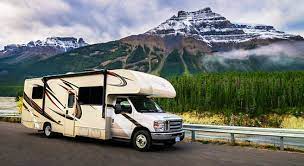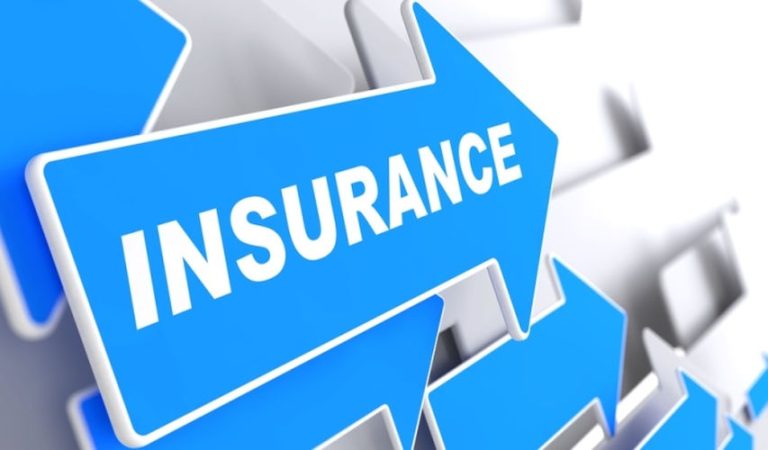
Navigating the Open Road: A Comprehensive Guide to Motorhome Insurance Rates
Introduction
Embarking on a journey in a motorhome is an exhilarating experience, offering the freedom to explore the open road with all the comforts of home. However, ensuring the safety and security of your mobile haven is crucial. This brings us to the focal point of every responsible motorhome owner’s journey – insurance. In this article, we delve into the world of motorhome insurance rates, unraveling the factors that influence them and offering insights to help you navigate the complex landscape of coverage options.
Understanding Motorhome Insurance
Motorhome insurance is a specialized form of coverage designed to protect your recreational vehicle (RV) and its occupants. Unlike standard auto insurance, motorhome insurance takes into account the unique features and risks associated with these larger, more complex vehicles. Policies typically cover a range of aspects, including liability, collision, comprehensive, and additional options such as roadside assistance and personal belongings coverage.
Factors Influencing Motorhome Insurance Rates
- Vehicle Type and Class: The size, make, and model of your motorhome play a significant role in determining insurance rates. Larger, more expensive vehicles often incur higher premiums due to increased repair and replacement costs.
- Usage Patterns: How you use your motorhome also affects insurance rates. Full-time RV living may entail higher risks than occasional recreational use, influencing the coverage and premiums.
- Driving History: Just like with standard auto insurance, your driving history impacts motorhome insurance rates. A clean record with no accidents or traffic violations will generally result in lower premiums.
- Coverage Limits and Deductibles: The extent of coverage you choose, along with the deductible amount, directly affects your insurance rates. Opting for higher coverage limits and lower deductibles may lead to increased premiums but can provide more comprehensive protection.
- Location: The geographic location where you register and primarily use your motorhome can impact insurance rates. Areas with higher crime rates or greater exposure to natural disasters may lead to elevated premiums.
- Age and Experience: The age and driving experience of the primary policyholder can influence rates. Younger drivers or those with limited experience may face higher premiums due to perceived higher risks.
- Credit Score: In some cases, insurance companies consider your credit score when determining rates. Maintaining a good credit history can potentially result in lower premiums.
- Safety Features: Equipping your motorhome with safety features such as anti-theft devices, alarms, and advanced driver assistance systems can lead to discounts on your insurance premiums.
Navigating Coverage Options
- Liability Coverage: This is the foundation of any motorhome insurance policy and covers bodily injury and property damage you may cause to others in an accident.
- Collision Coverage: This component covers the cost of repairs to your motorhome in the event of a collision, regardless of fault.
- Comprehensive Coverage: Comprehensive coverage protects your motorhome from non-collision incidents such as theft, vandalism, fire, or natural disasters.
- Uninsured/Underinsured Motorist Coverage: This coverage safeguards you in case you are involved in an accident with a driver who either lacks insurance or has insufficient coverage.
- Personal Belongings Coverage: Optional coverage that protects personal items inside the motorhome, such as electronics, furniture, and clothing.
- Roadside Assistance: This valuable add-on provides support in case of breakdowns, flat tires, or other on-the-road emergencies.
Saving on Motorhome Insurance
- Bundle Policies: Consider bundling your motorhome insurance with other policies, such as auto or homeowners insurance, to potentially receive discounts.
- Shop Around: Don’t settle for the first quote you receive. Shop around and compare quotes from multiple insurance providers to find the best deal.
- Safe Driving: Maintain a clean driving record to qualify for lower premiums and potential discounts.
- Safety Features: Invest in safety features for your motorhome to not only enhance your protection but also qualify for insurance discounts.
- Higher Deductibles: While it may lead to higher out-of-pocket expenses in the event of a claim, opting for a higher deductible can result in lower monthly premiums.
Conclusion
Motorhome insurance is a vital aspect of responsible RV ownership, offering protection against a myriad of risks that can arise on the open road. By understanding the factors that influence insurance rates and exploring the various coverage options available, you can make informed decisions to safeguard your investment. Whether you’re a full-time RVer or a weekend road tripper, investing time in researching and securing the right insurance coverage ensures that your motorhome adventures remain safe and worry-free.






